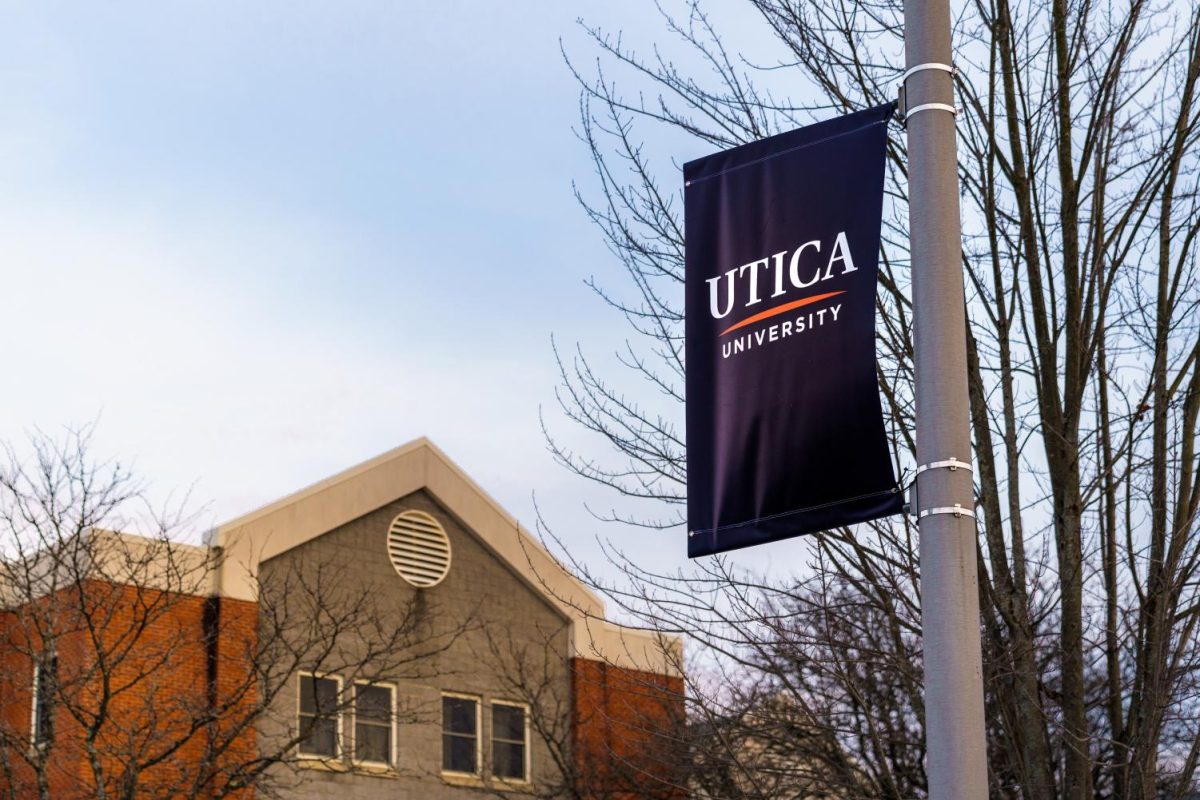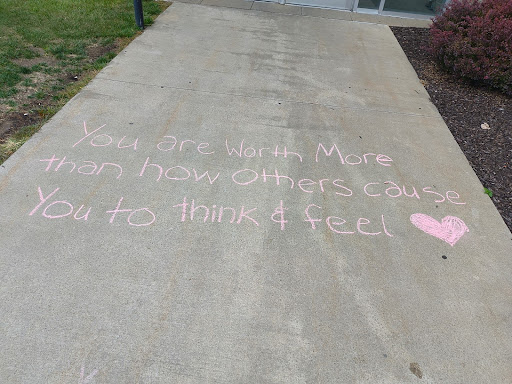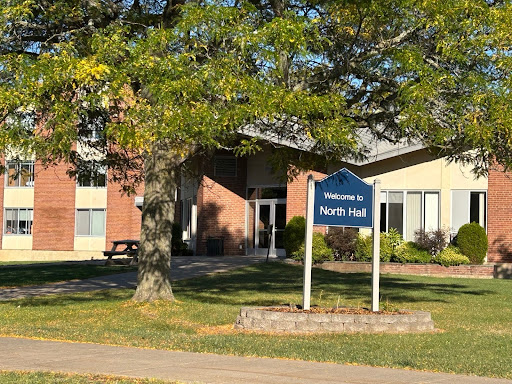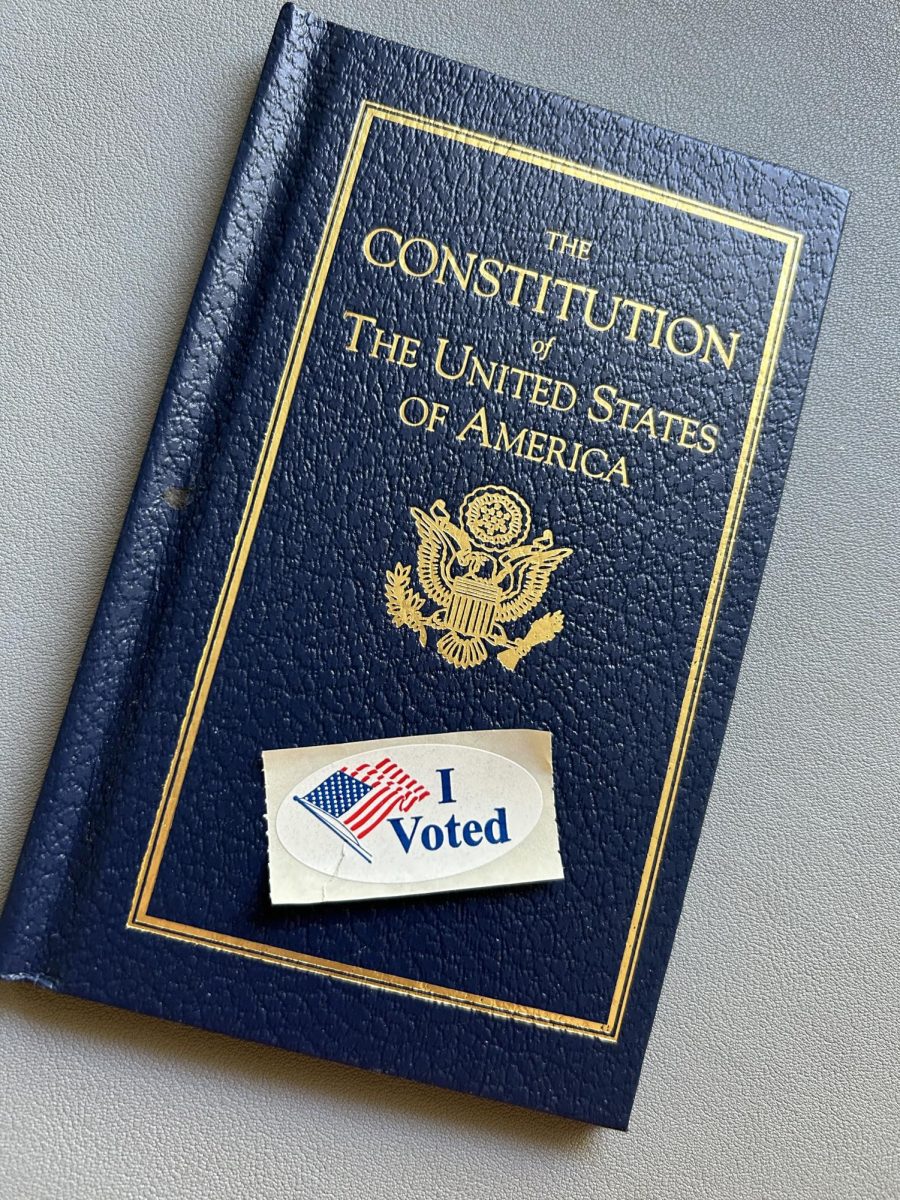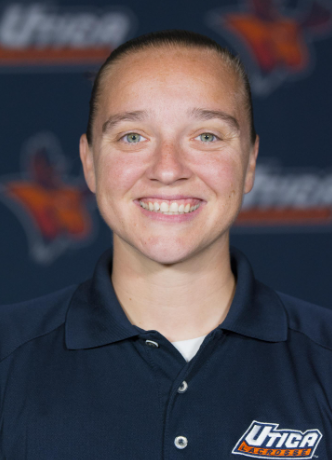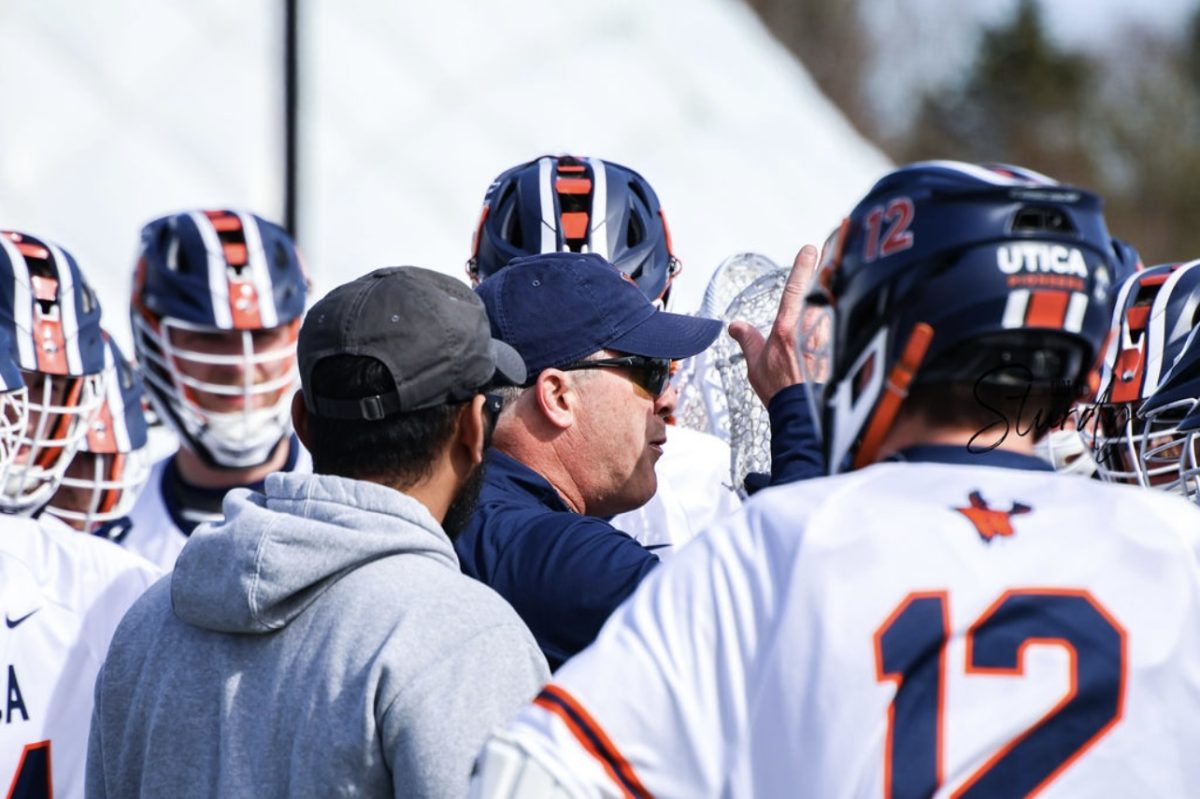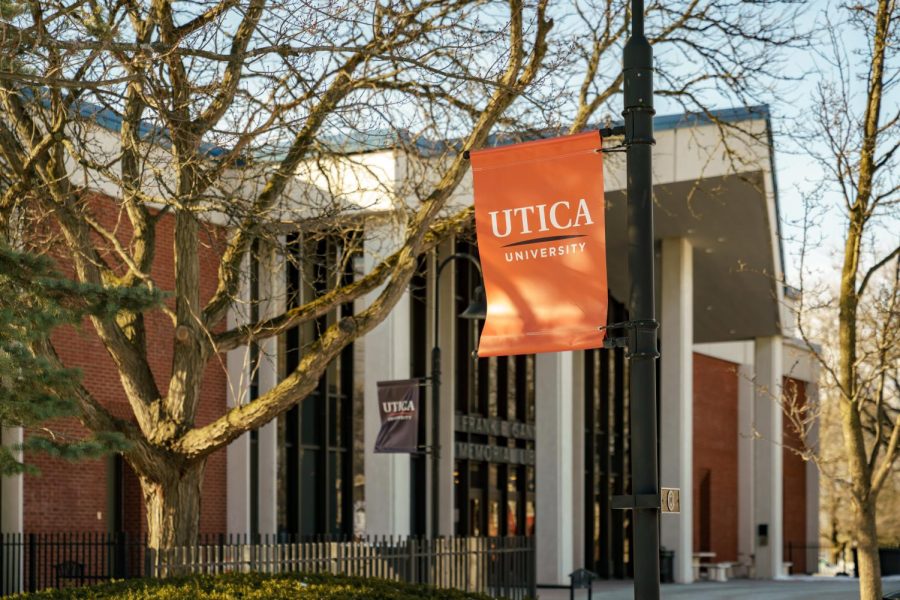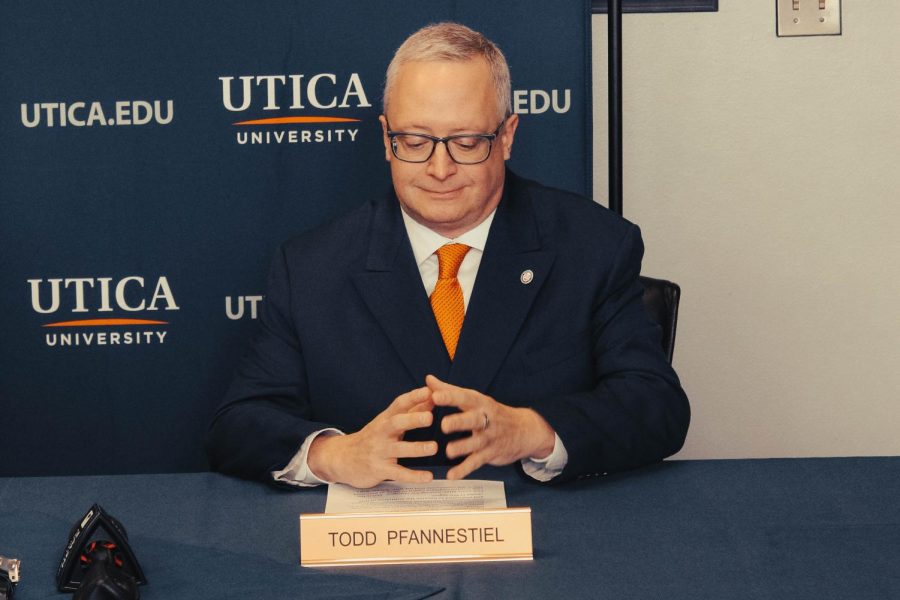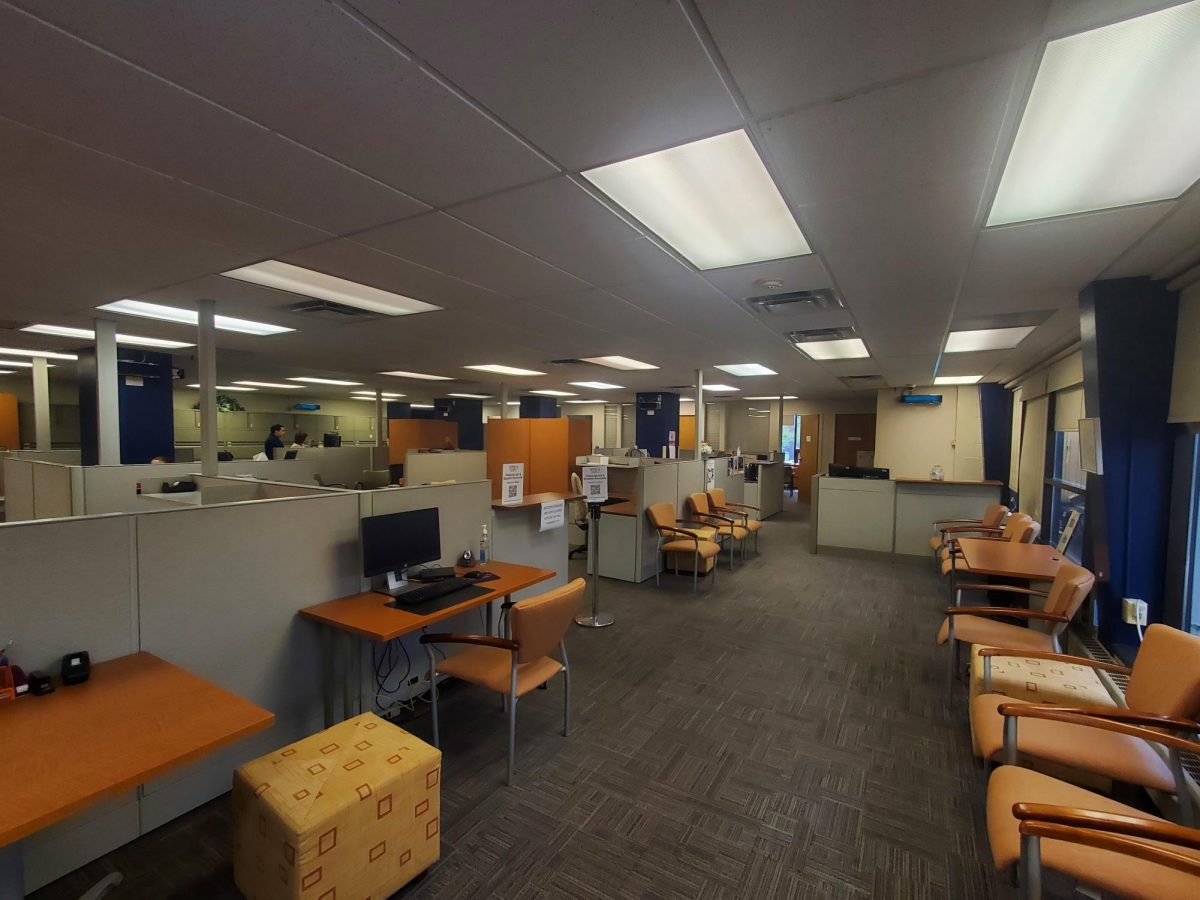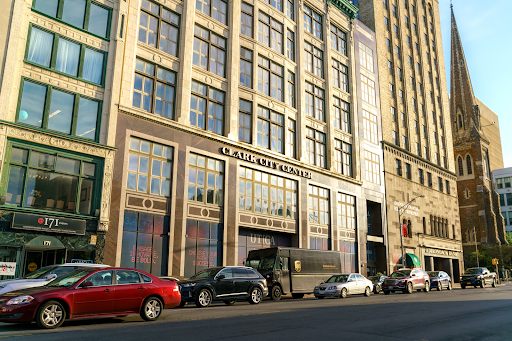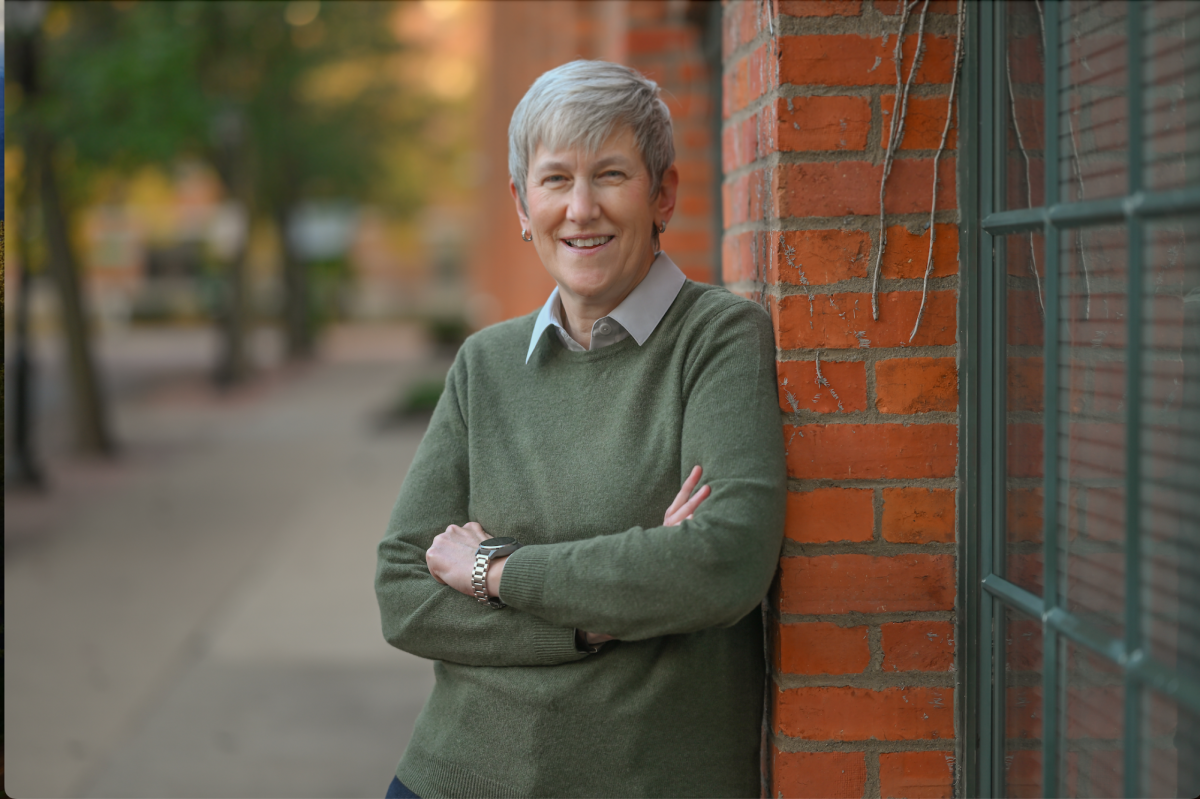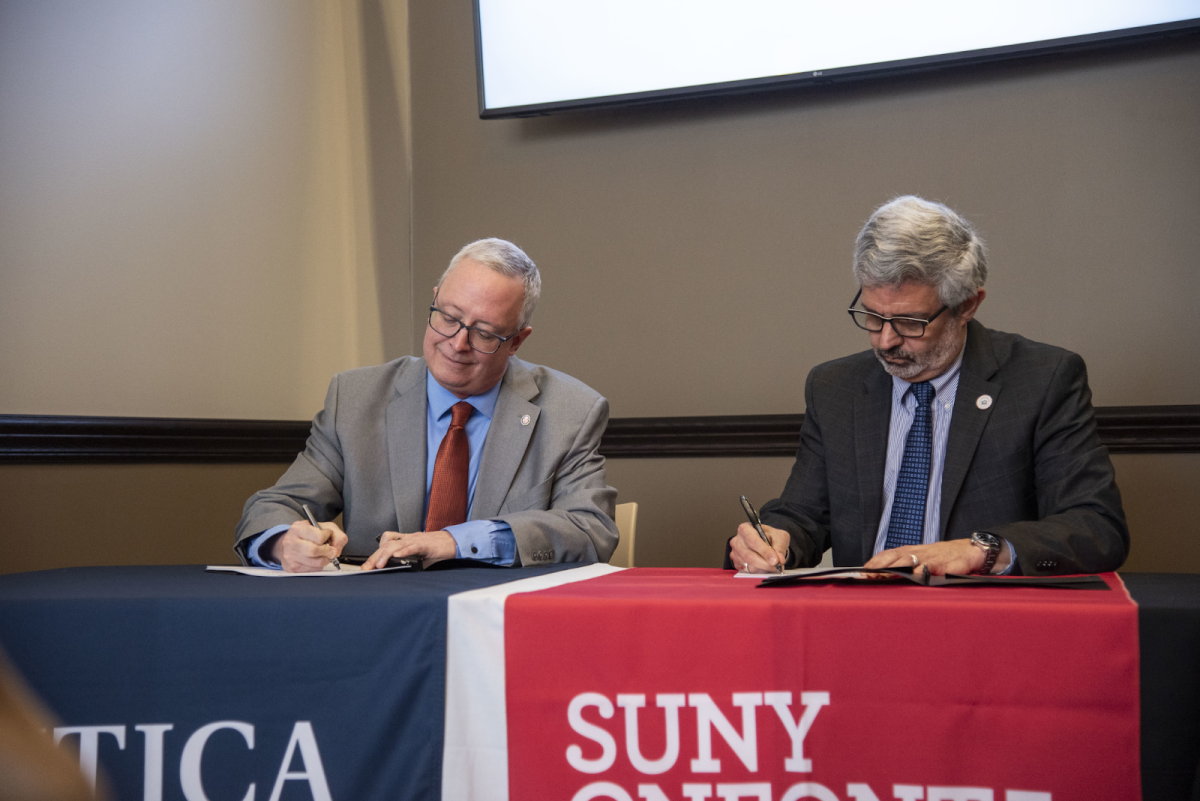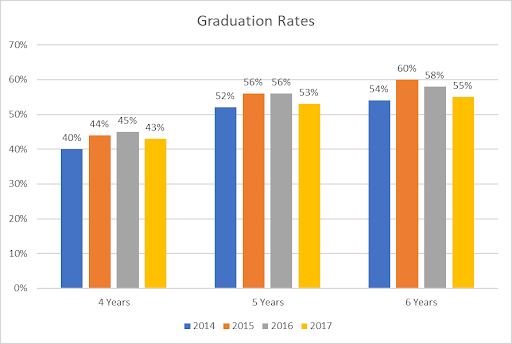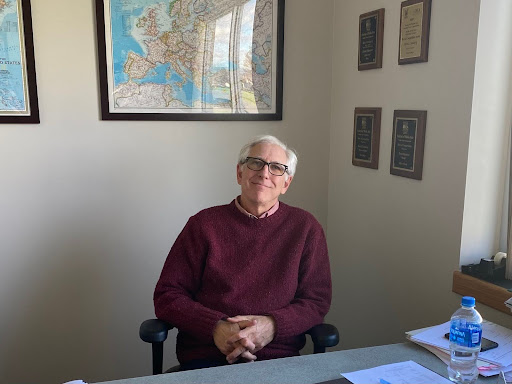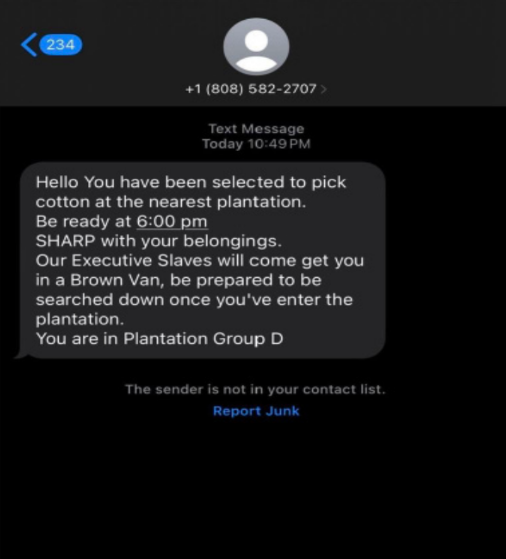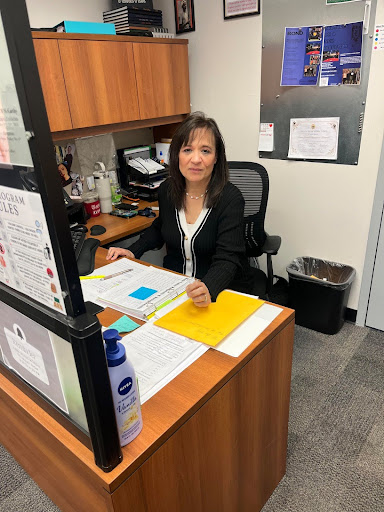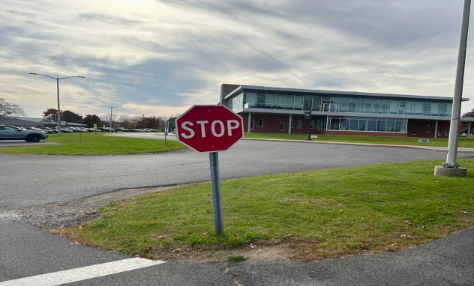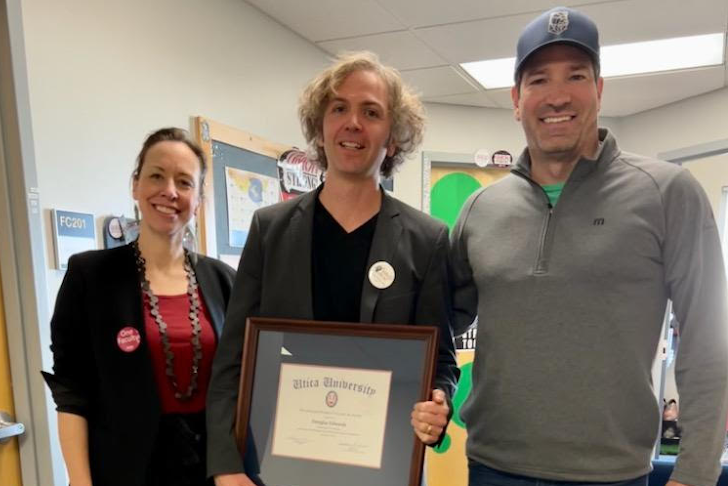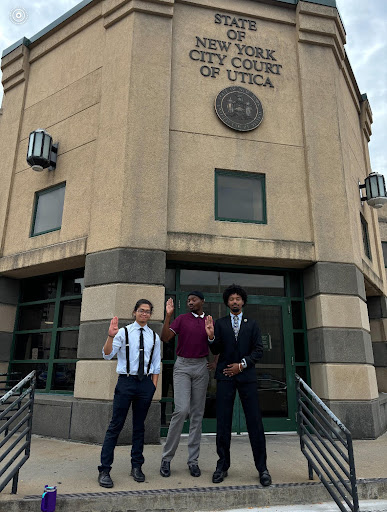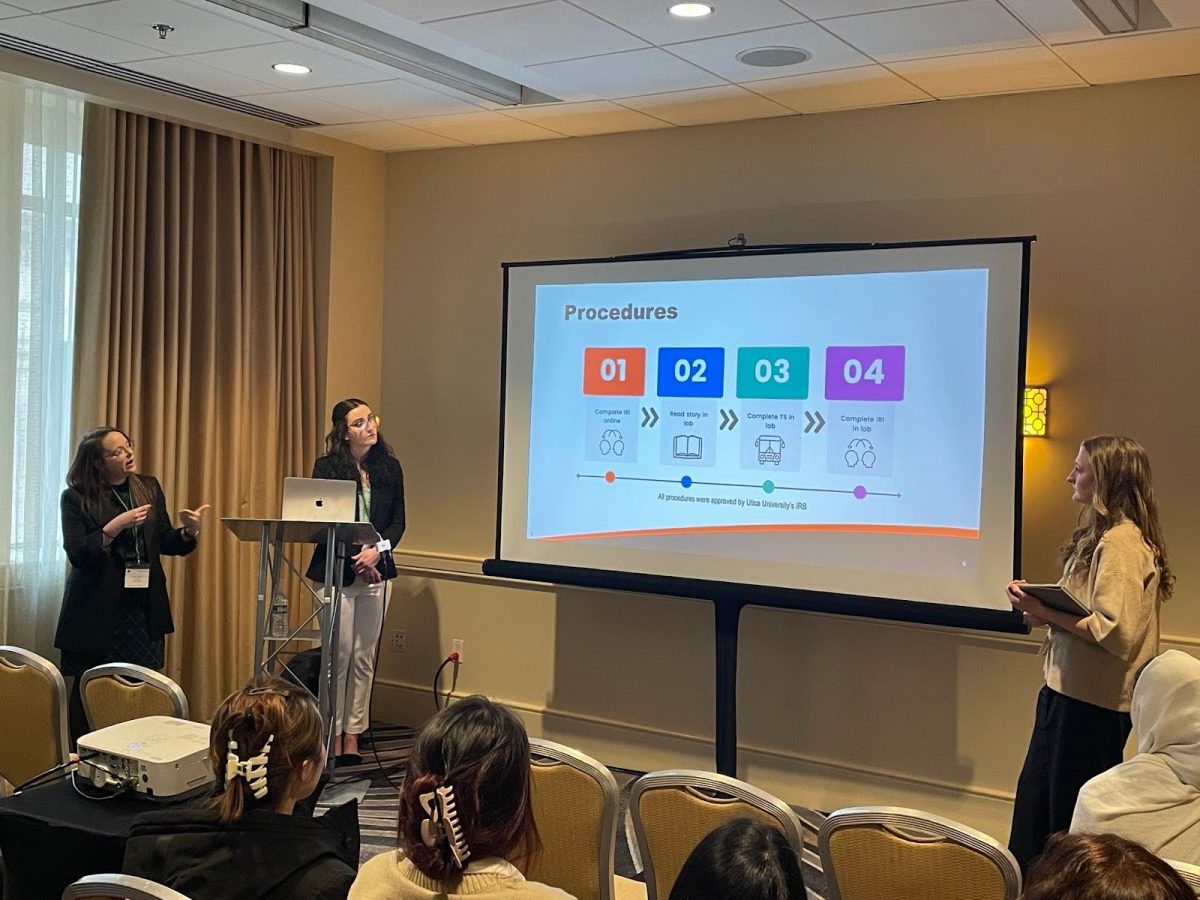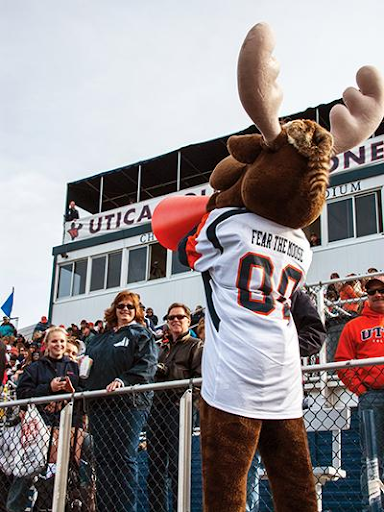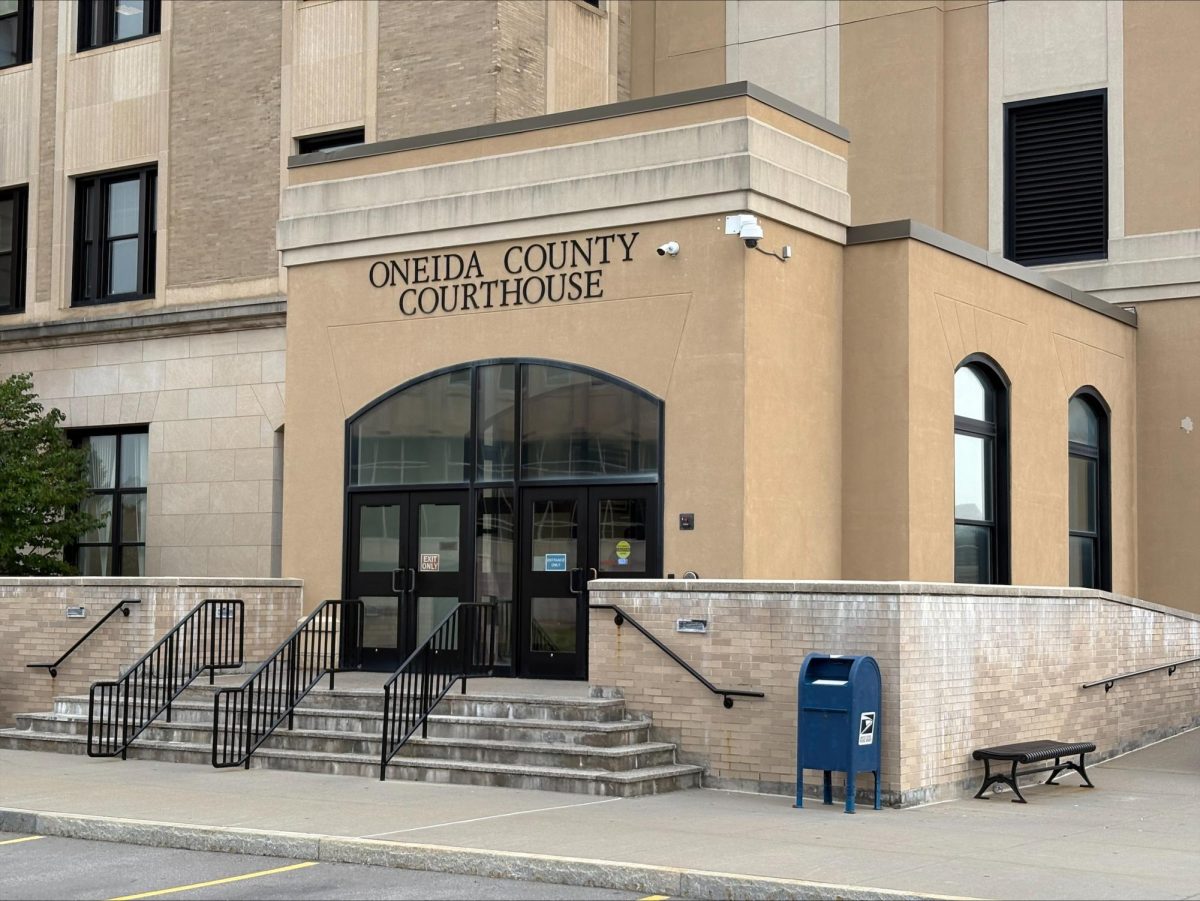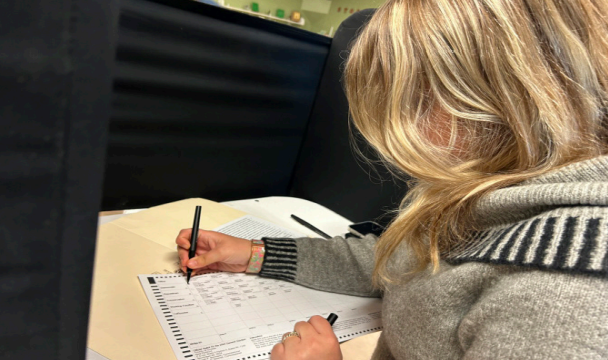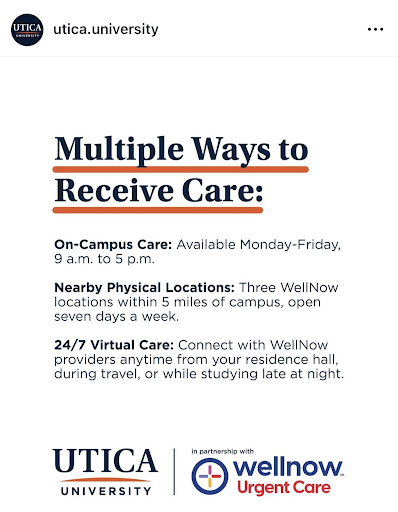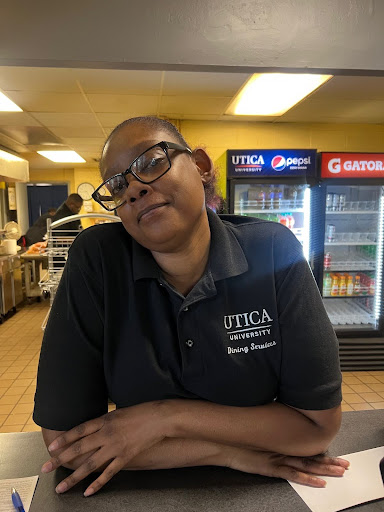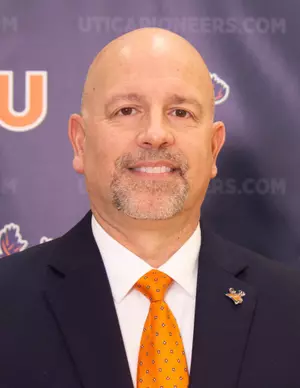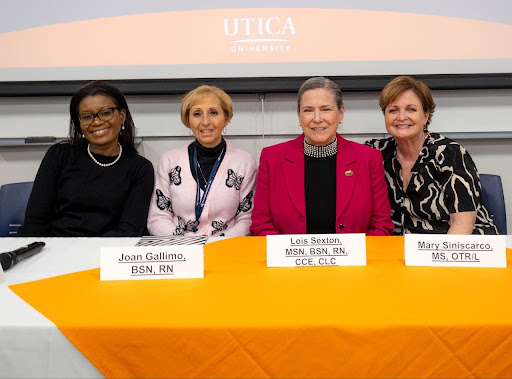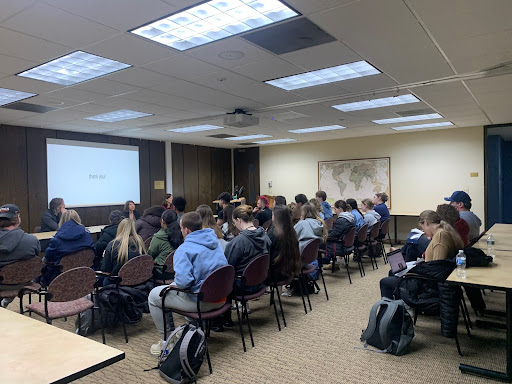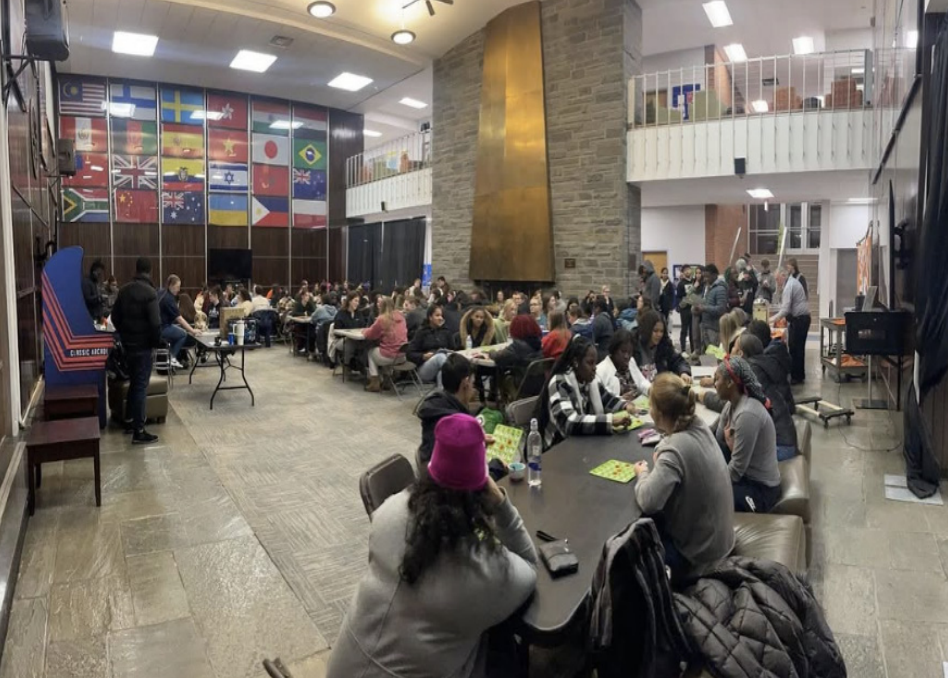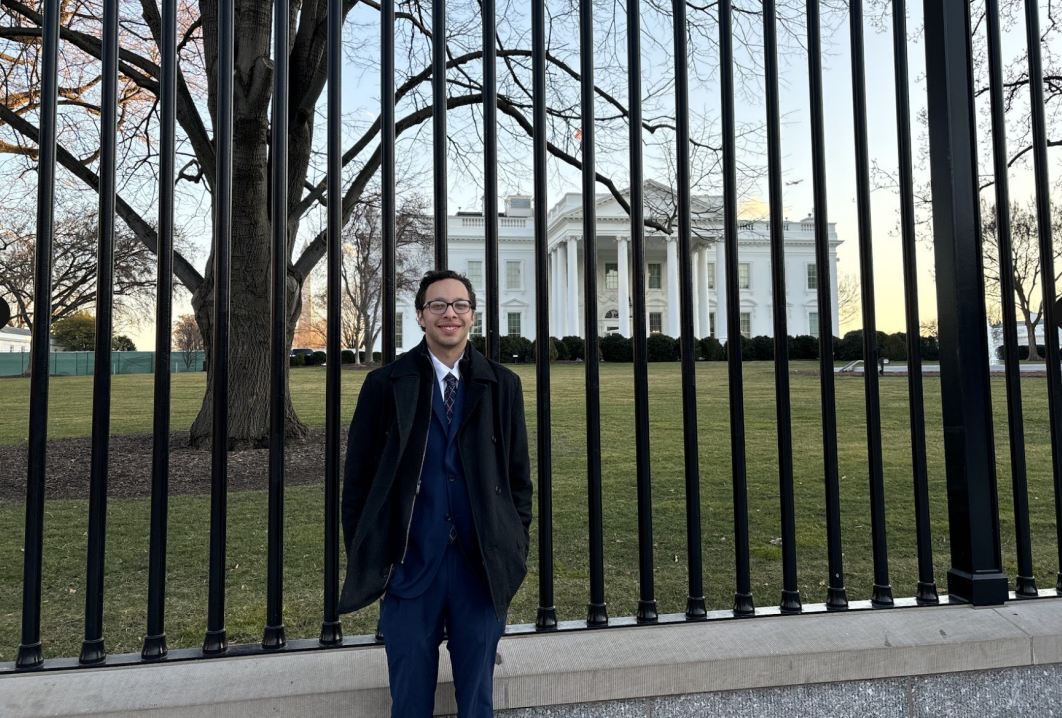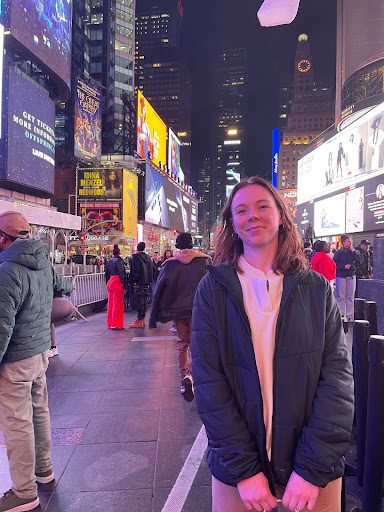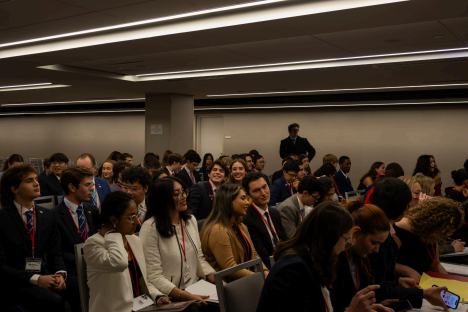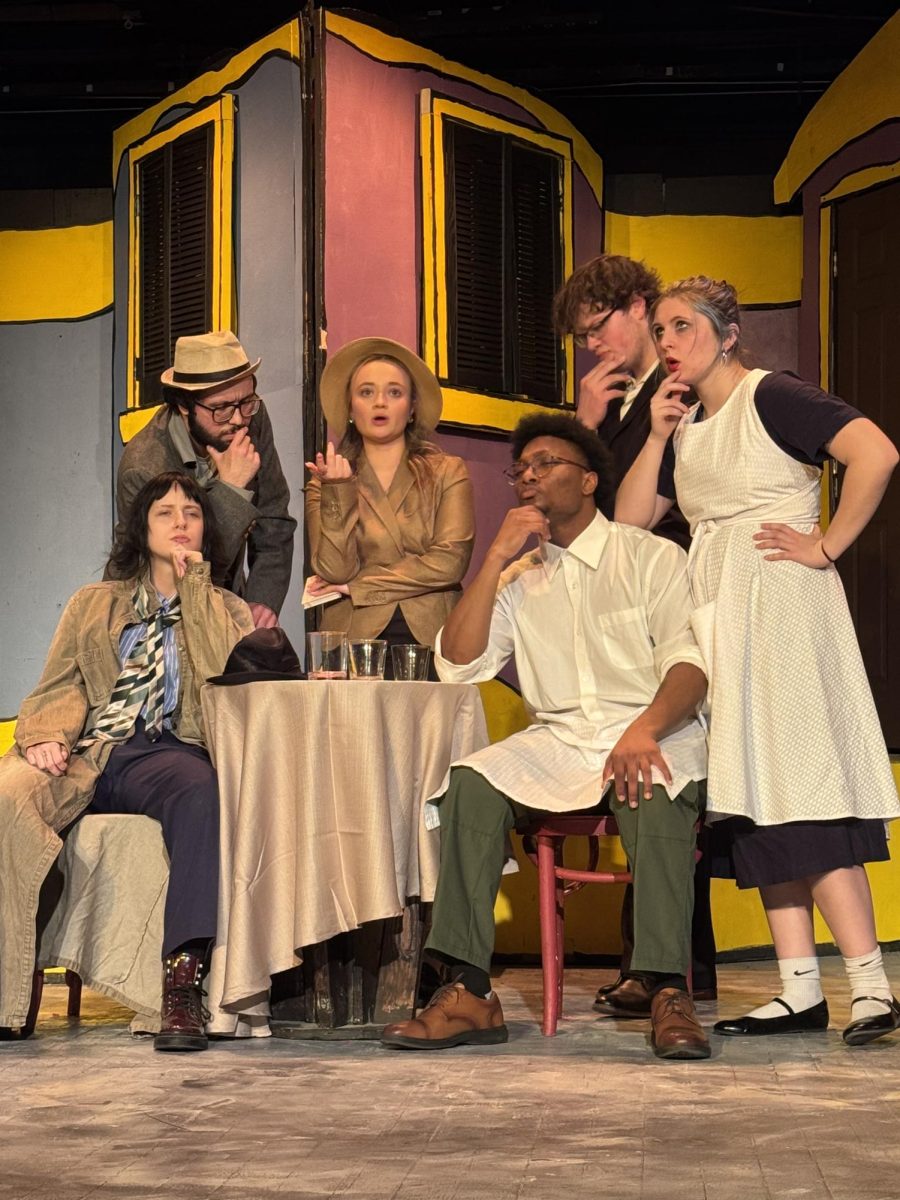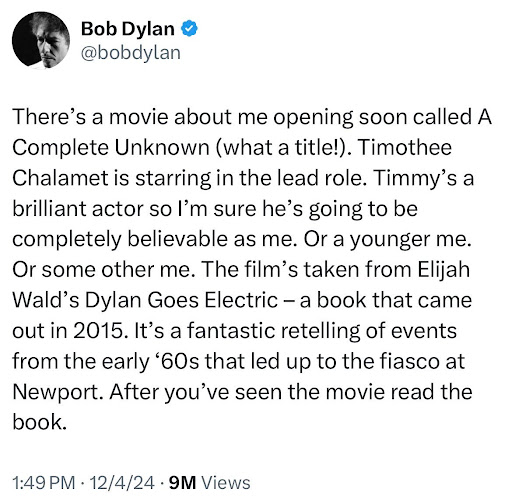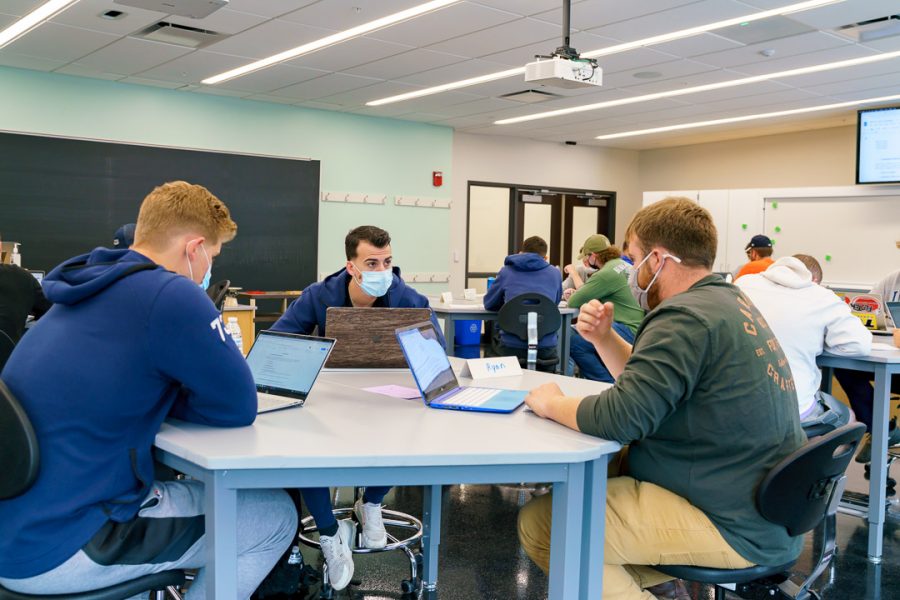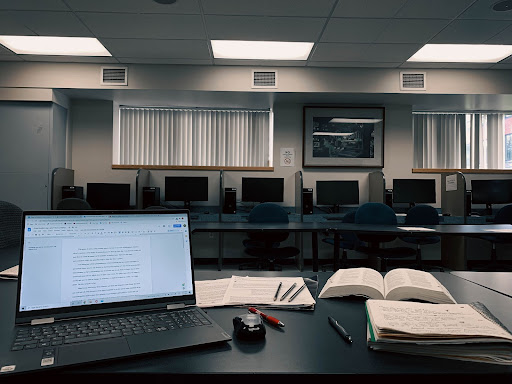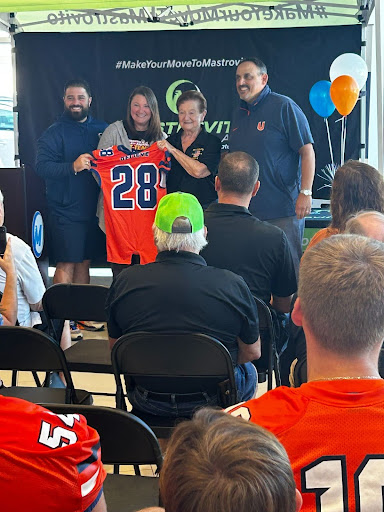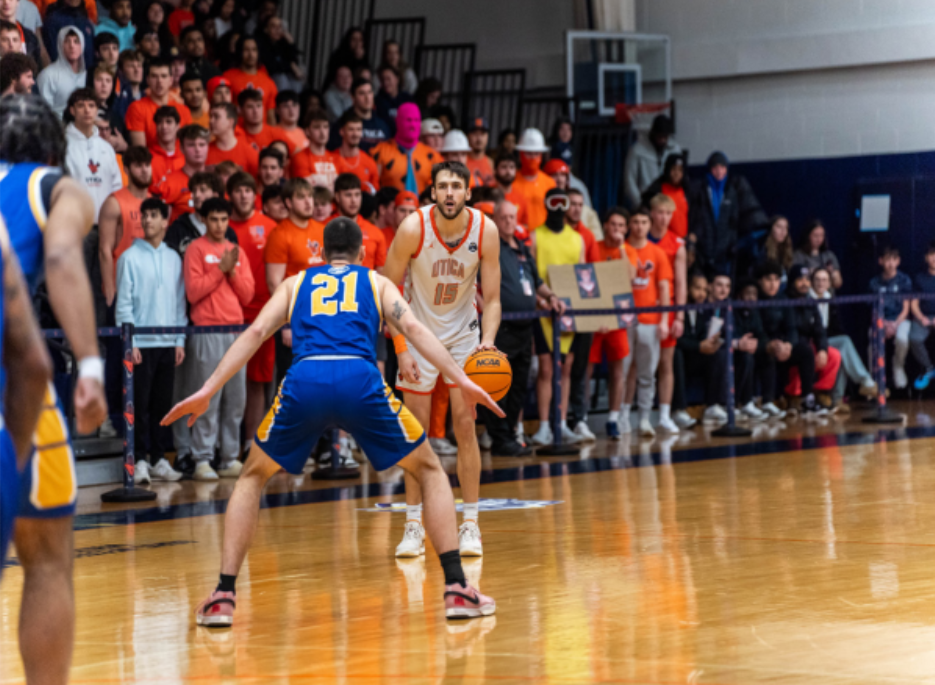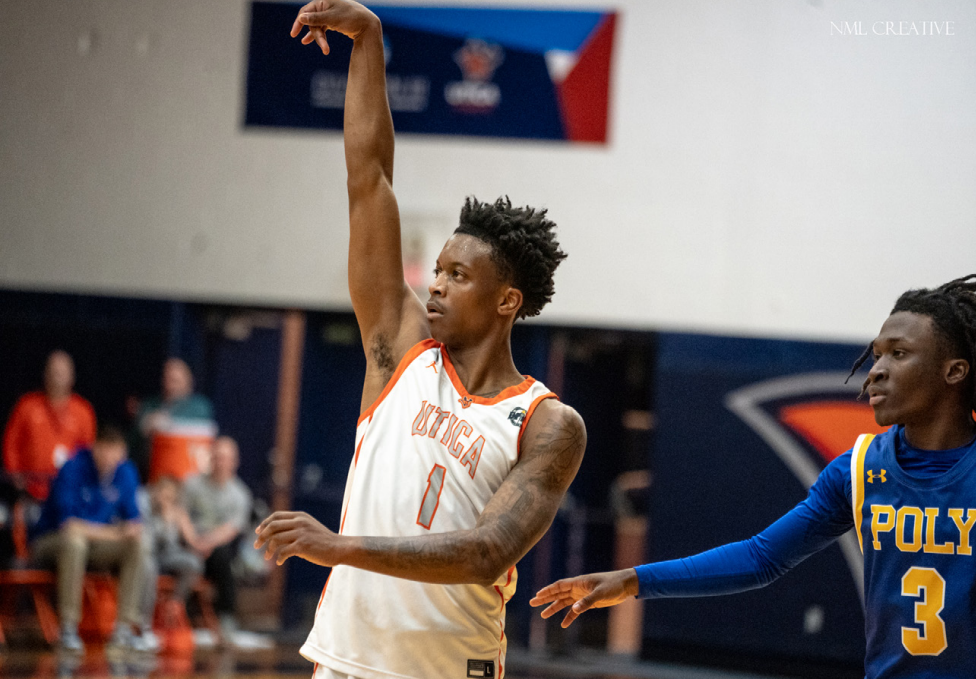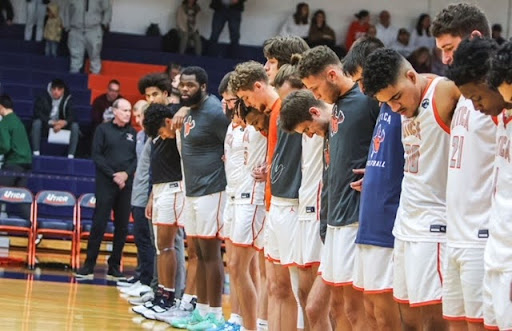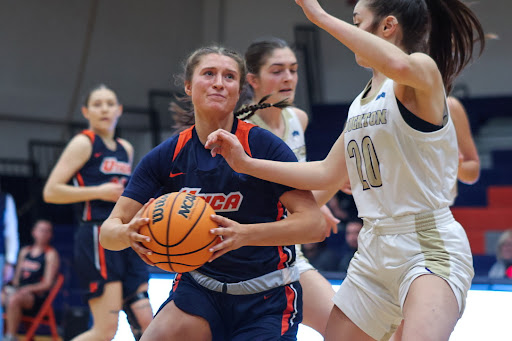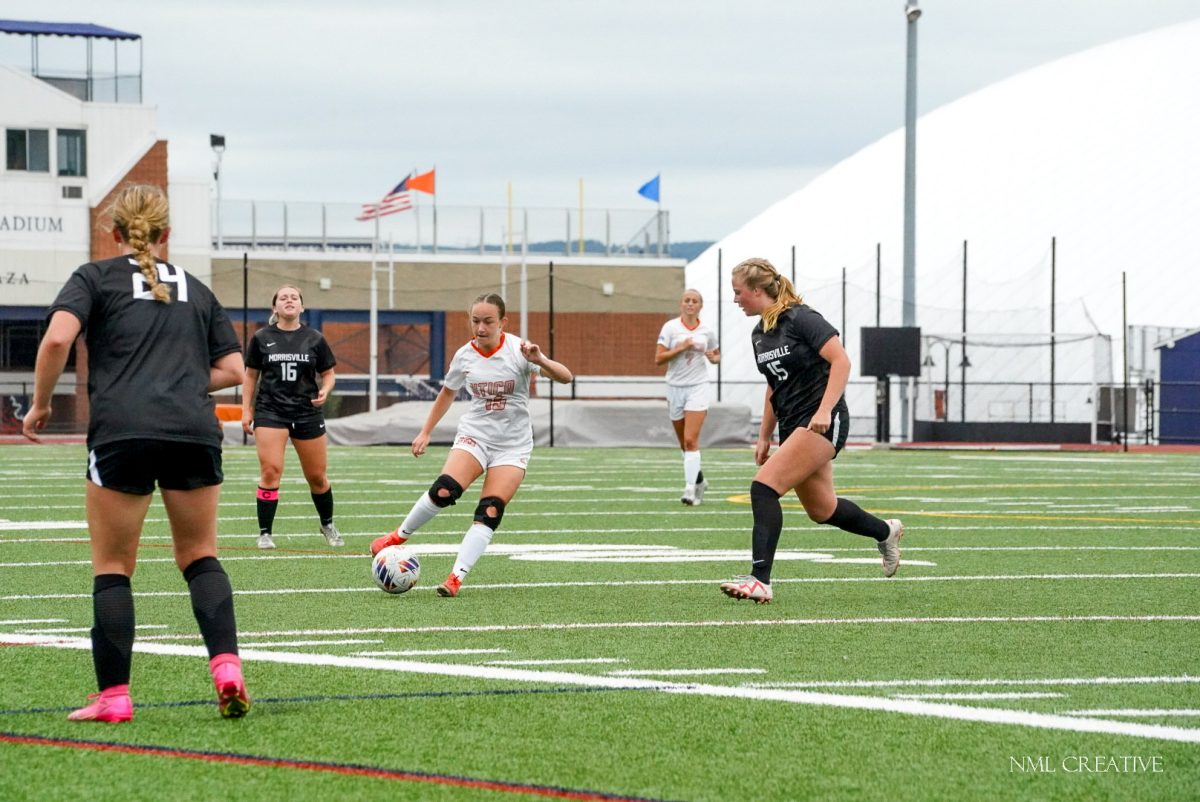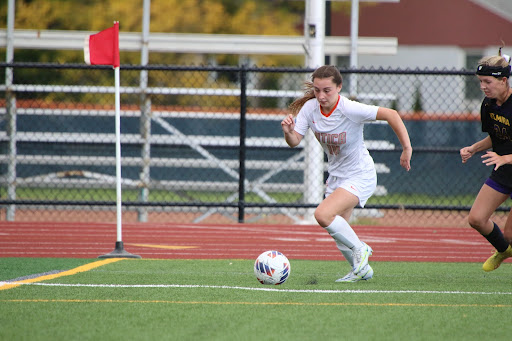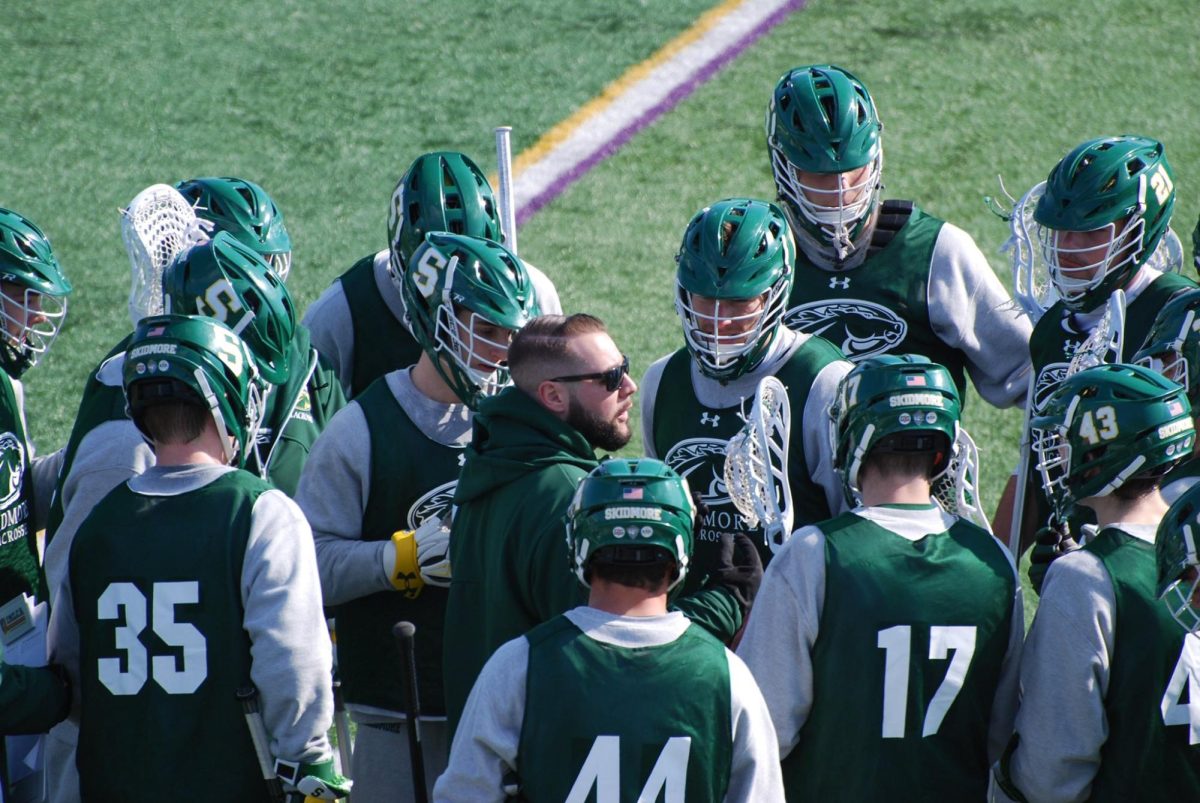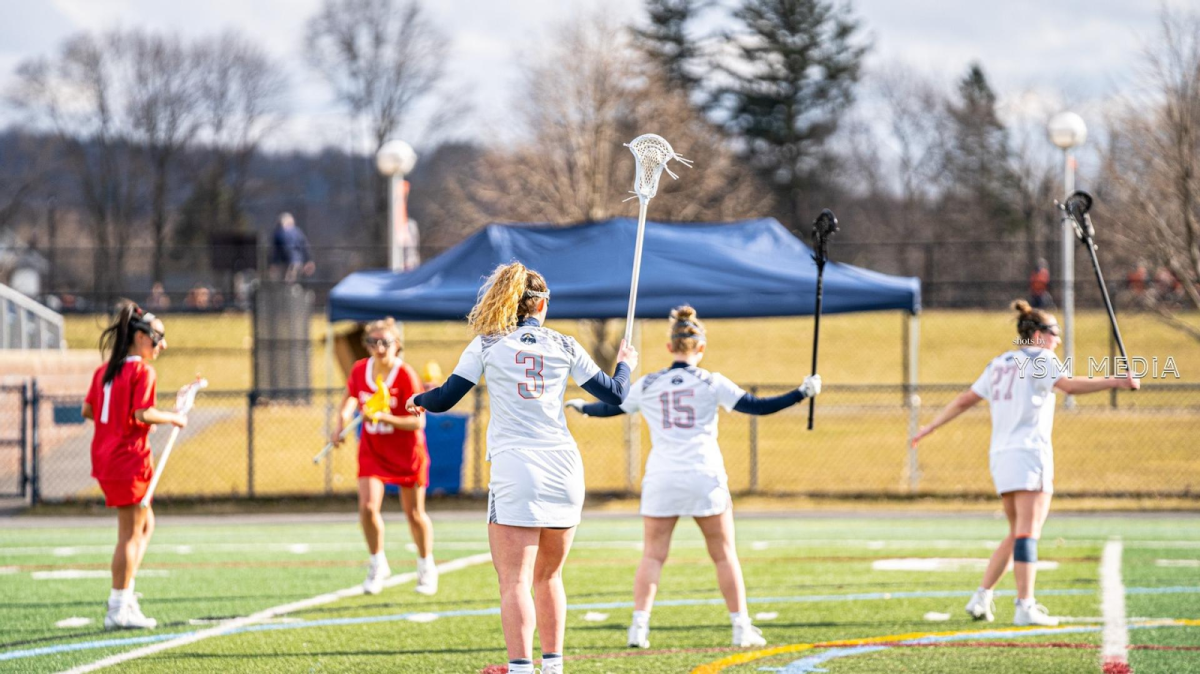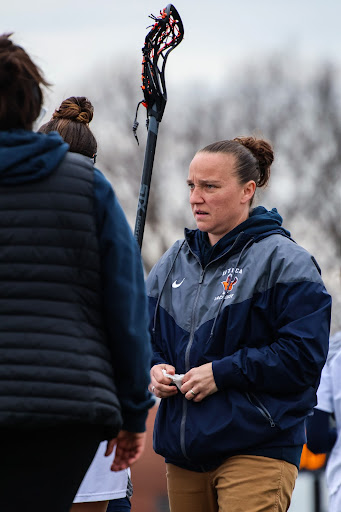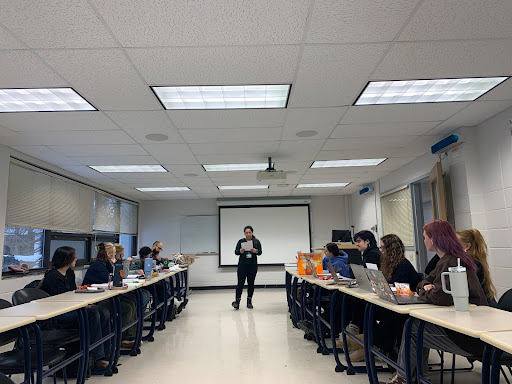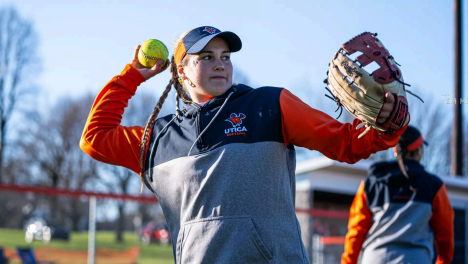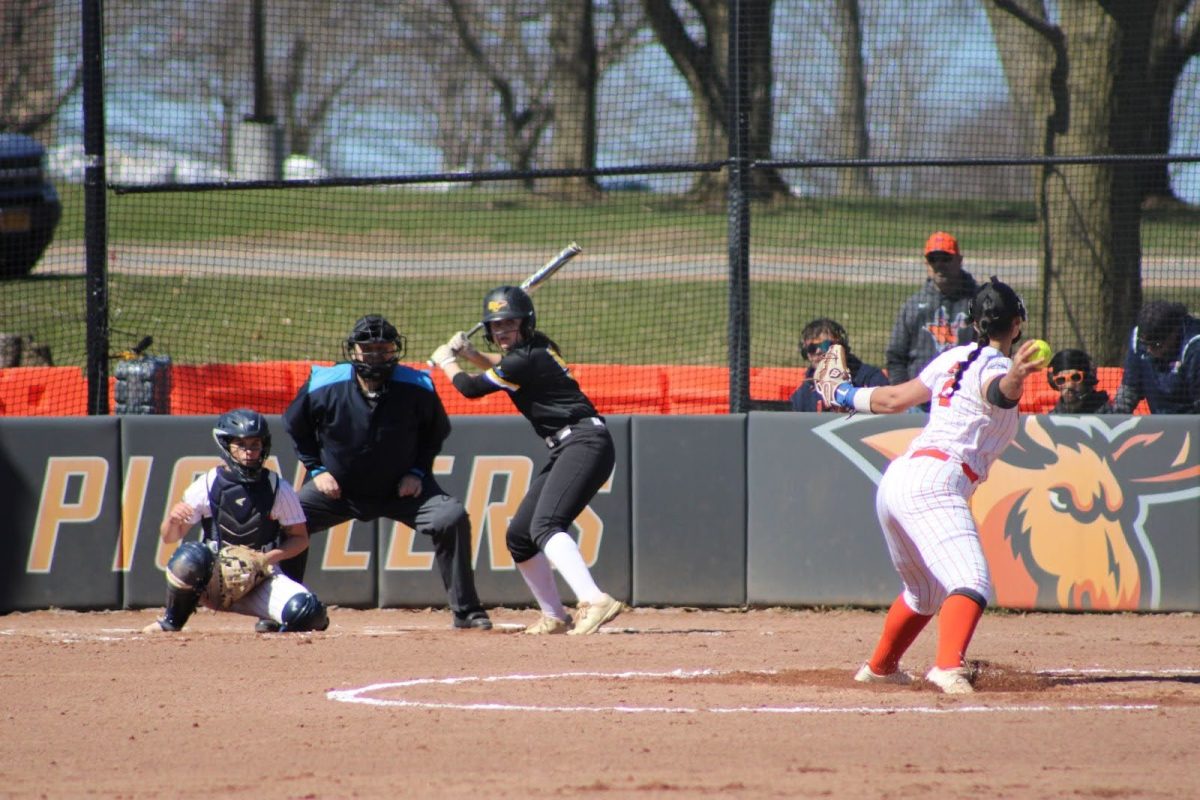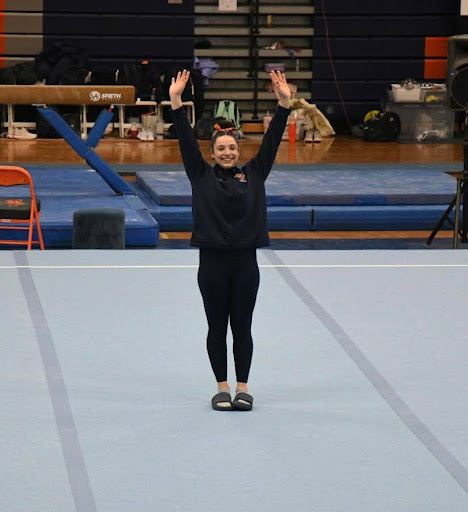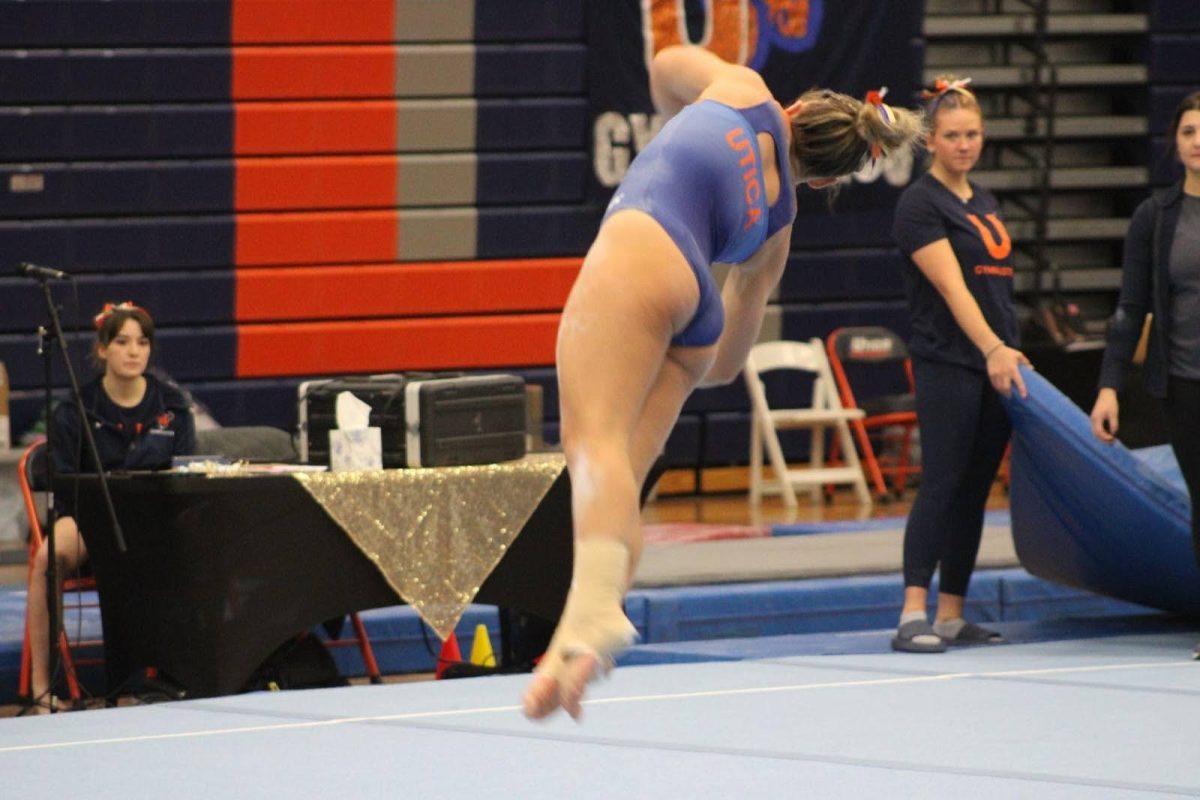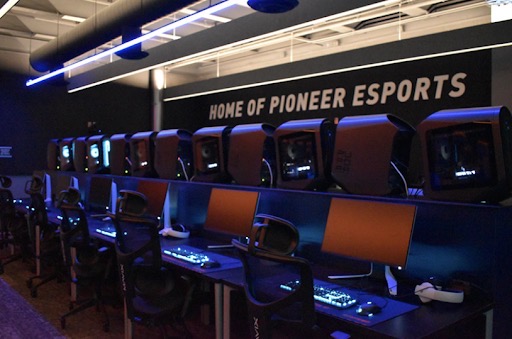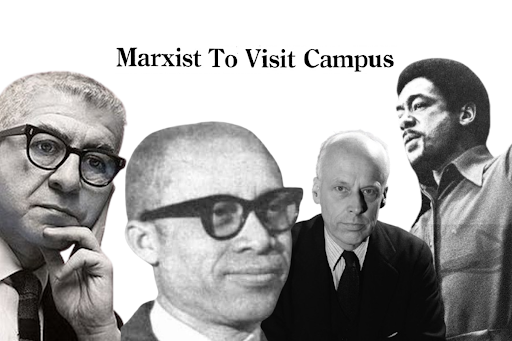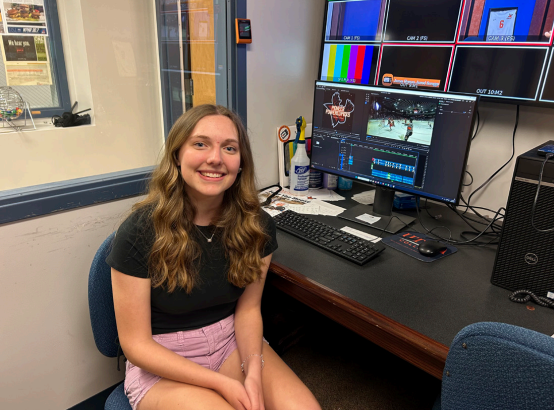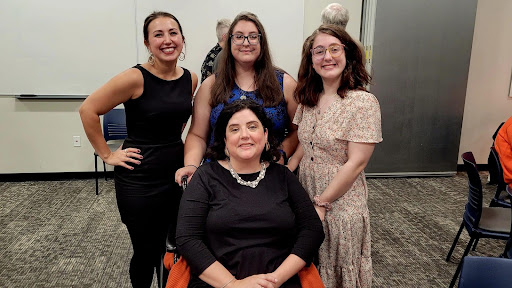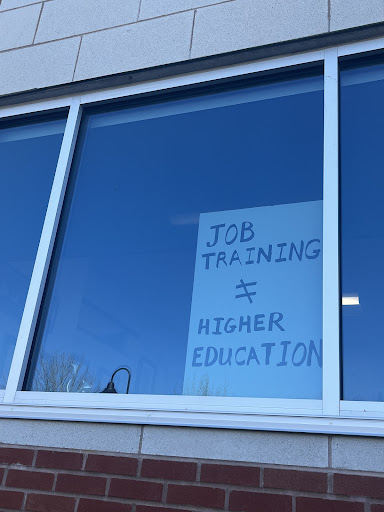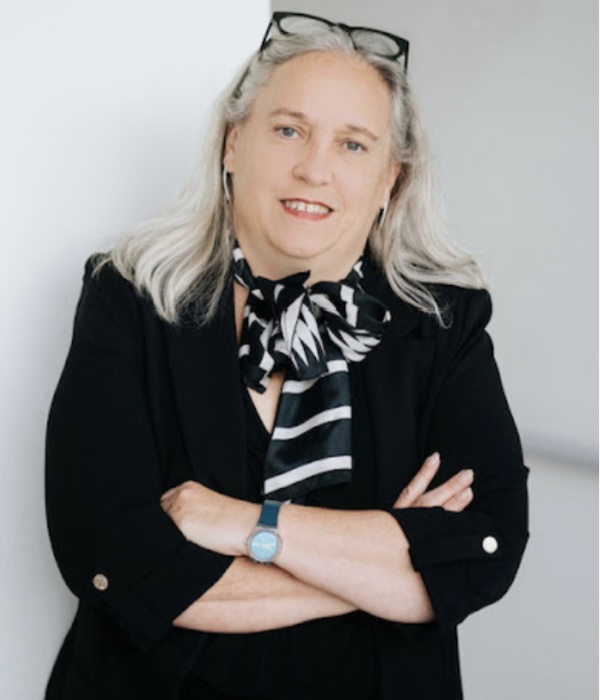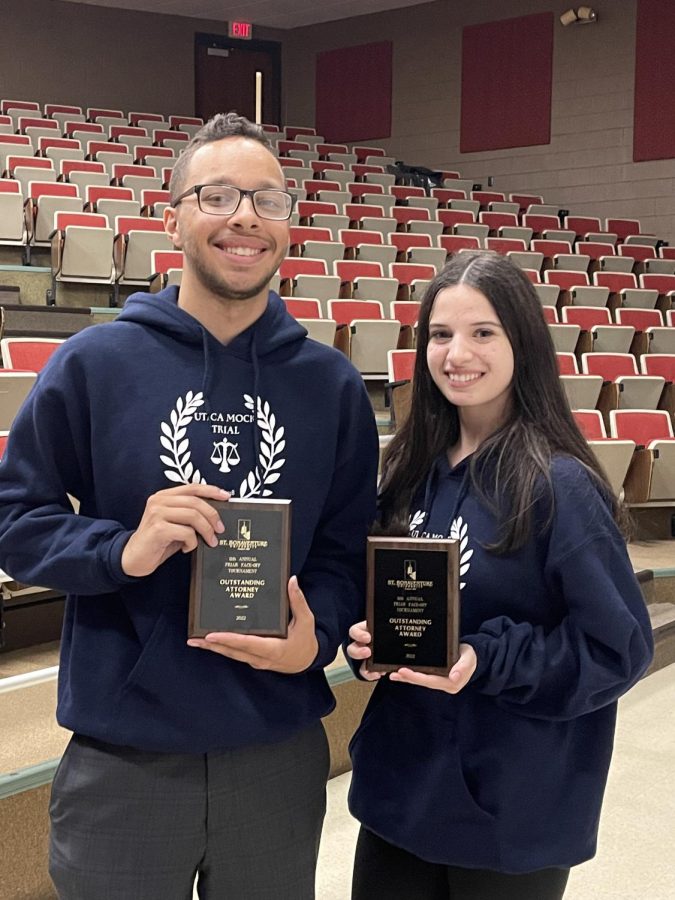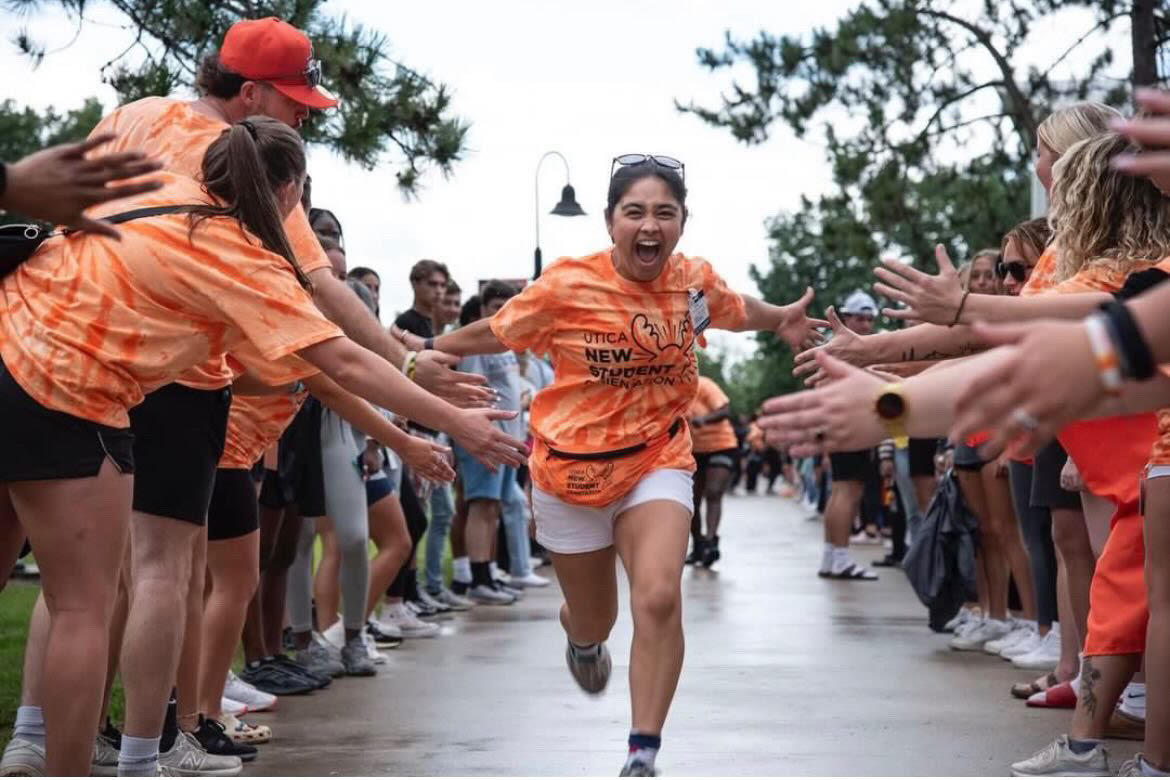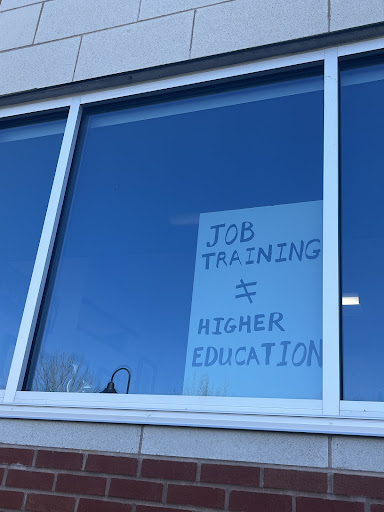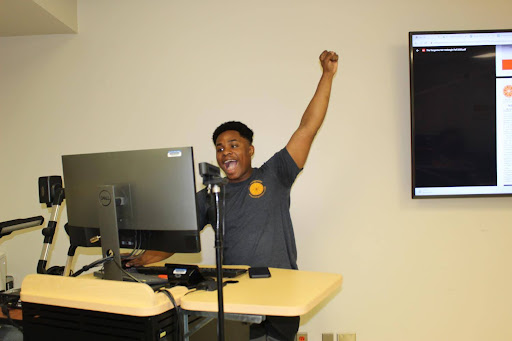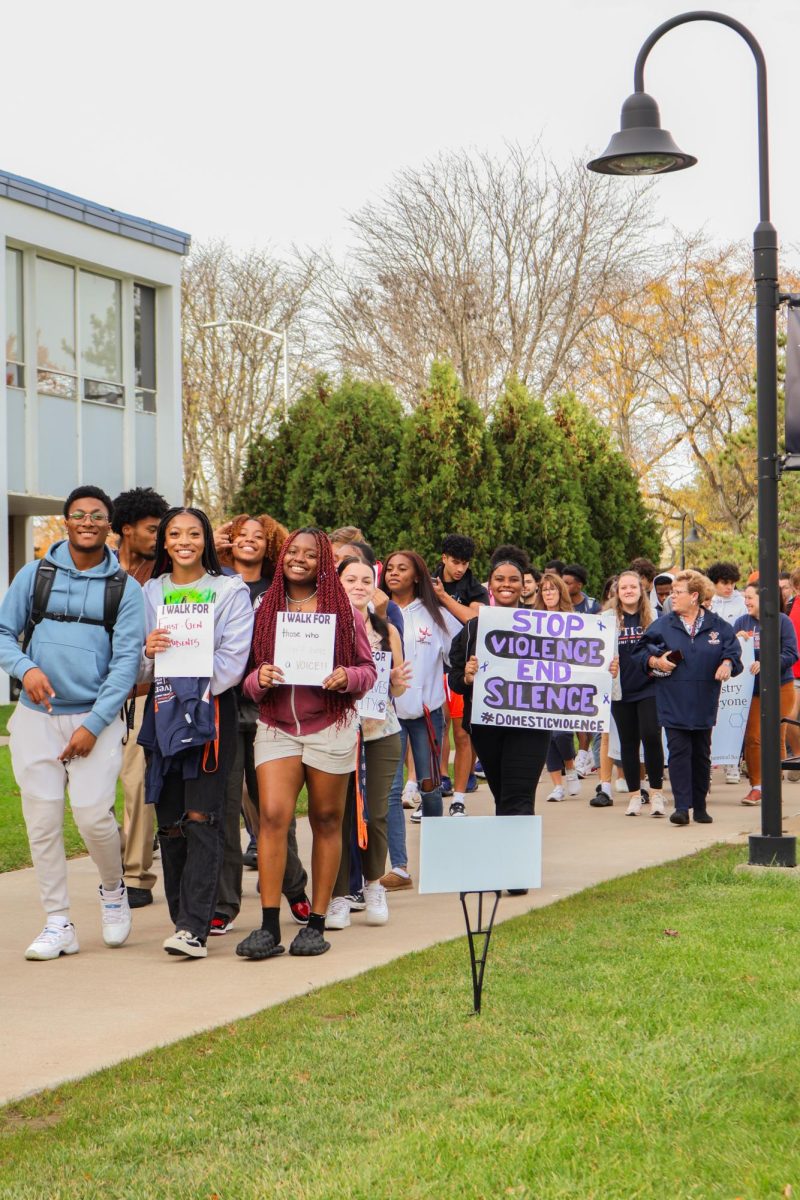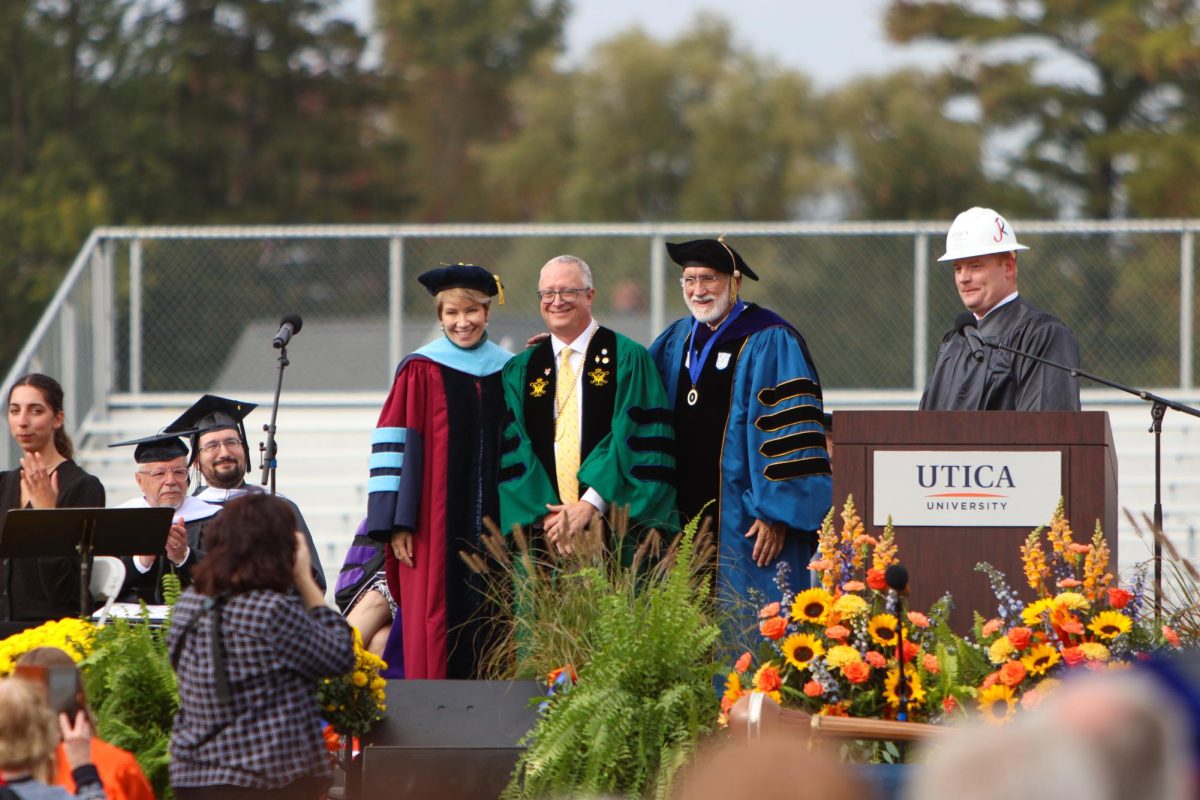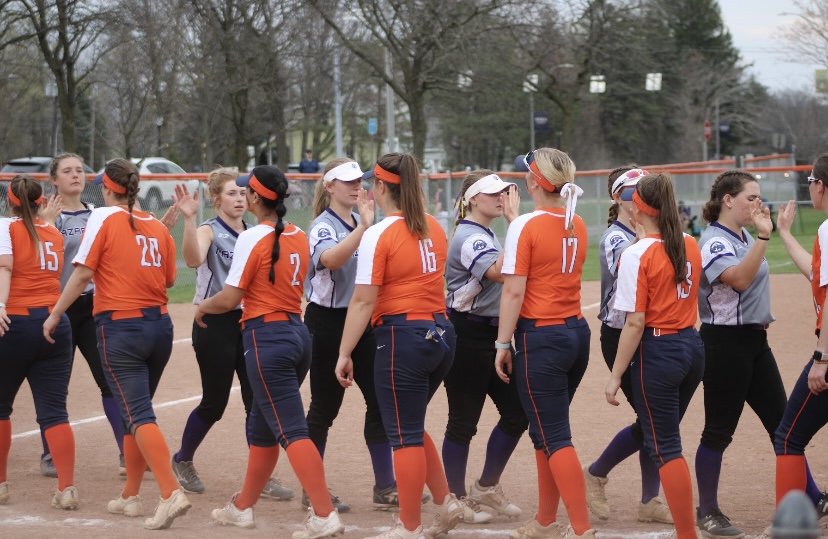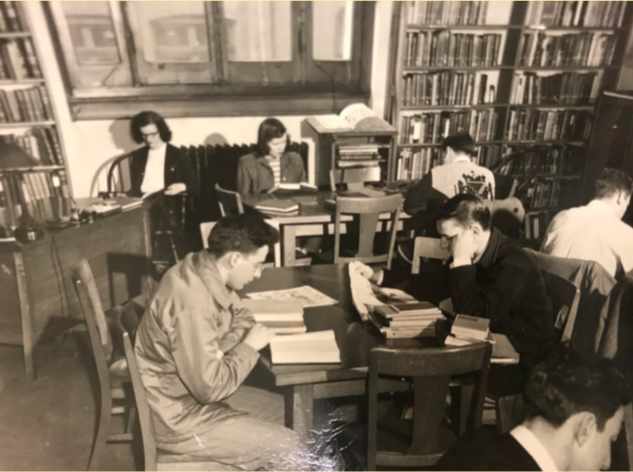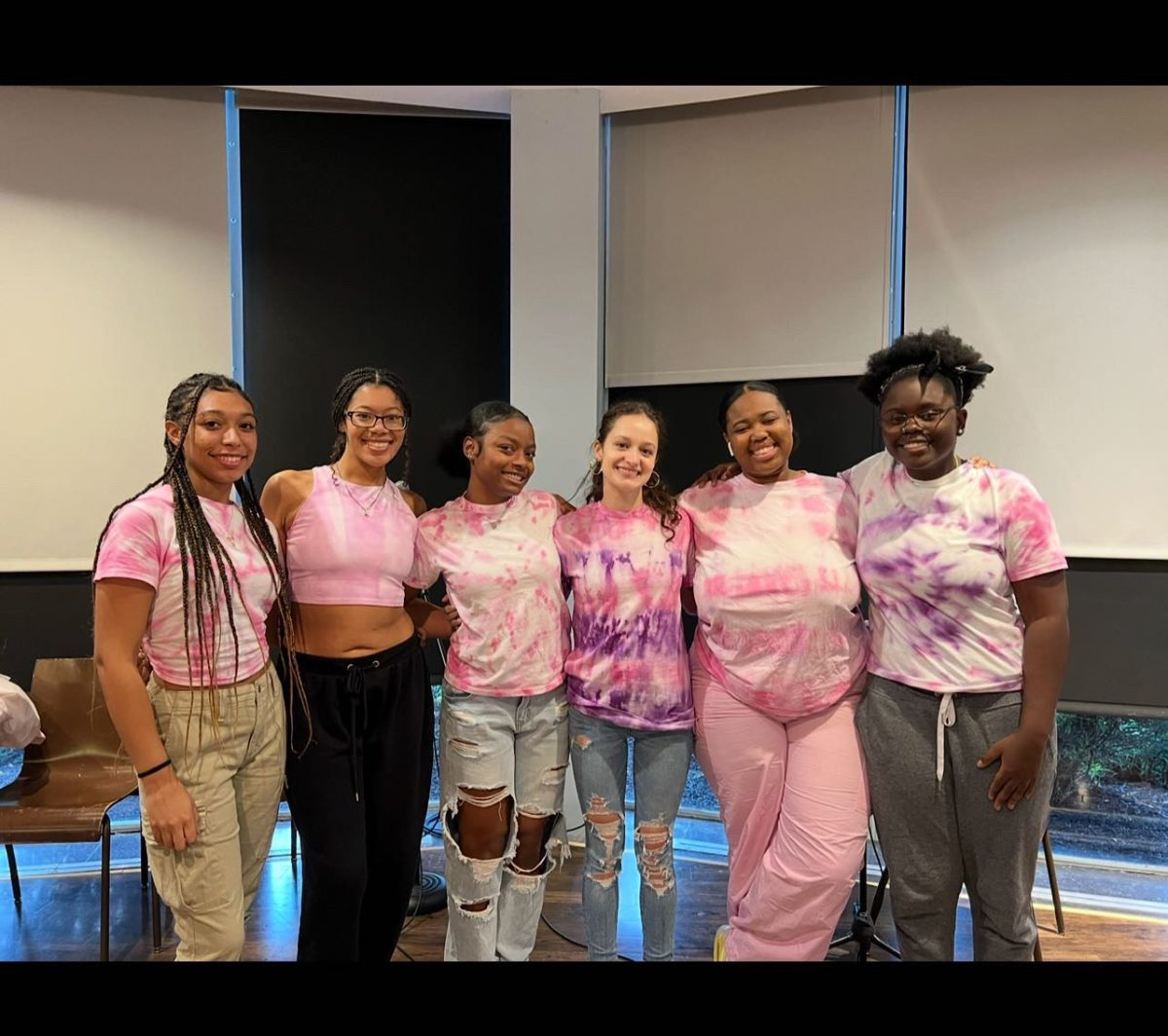It’s hard to imagine Utica College without the Frank E. Gannett Library. It is a quiet place to complete assignments, study for exams, work on projects and get help from librarians.
This September, the library will turn 50 years old. However, some may be surprised to learn that Gannett Library was not actually the college’s first.
Since opening its doors in 1946, UC’s library has had different locations around Utica — some not even close to the current campus.
The library moved around because the campus used to be located in a different area of Utica. The campus was originally in Oneida Square in 1946.
According to Utica College Archives Coordinator Anne Flynn, the first location was a designated room in the Utica Public Library on Genesee Street. The room was located directly to the right of the main entrance and was used exclusively by faculty and students.
Students also had the option to request books from Syracuse University Library through an interlibrary loan.
In 1948, the college purchased an auto repair shop called Charlie Butler’s Garage and renovated it into a new library. This was located on 600-602 Plant Street in Utica.
The location of the library did not change again until 1961, when the Burrstone Road campus was opened. In the lower level of Hubbard Hall, a library was created in order to better serve the growing number of students and books, which at this point were 30,000 volumes.
The Gannett Library that students and the community use today was opened in September 1969. A ceremony was held for the library two years prior on May 12, 1967. It was constructed under UC’s first president, J. Kenneth Donahue, and Library Director Harry Tarlin.
The estimated cost for the college’s current library was $3.1 million, and on May 25, 1976, the library was dedicated as the Frank E. Gannett Memorial Library.
Gannett was the founder of Gannett Company, which was a chain of newspapers, TV and radio stations in New York. Gannett, a philanthropist, donated $600,000 to the UC library. The library was named in his honor to recognize him for this donation.
Over the years, Gannett Library has experienced many changes.
“Many of the first books in the library’s collection were donations and discards from Syracuse University and other academic libraries,” said Janis Winn, coordinator of reference services. “Gradually, a broader collection of curriculum-based materials were added to the library’s shelves.”
Computer workstations were added to the library around the late 1980s and early 1990s. The computer databases and online resources resulted in more space for students because some of the physical books were able to be switched over to electronic format.
More floor space led to study rooms, both individual and group formats, being created.
James Teliha, dean of the library and learning commons, has worked in Gannett Library since August 2015.
“It’s a beautiful building,” Teliha said. “I’ve worked in a number of different schools and this is one of the newer buildings I’ve worked in. This is pretty much what they built in 1969.”
The library has plans to make changes for the future with the help of input from students.
“The college is undergoing strategic planning, so we thought we would ask what the users would like to see in the library,” Teliha said. “Everytime I see the new stuff, I go, is this going to be useful or am I going to be regretting this in two years, like any other fad? That is why I wanted to ask the people who actually use the library and what would be useful for them.”
On the first floor of the library, there is a board with different options, such as new seating, that students voted on. Now, there is a new board asking students what book format they like best.
“That is why we used the board, the ideas we are trying to get as we move forward,” Teliha said. “You just can’t go out and raise money, you need to have something more specific. It’s not that people don’t want to spend money, it’s that people want to know what they are spending money on. In that sense, before we go out and start doing fundraising, I want to know exactly what we are fundraising for.”
As of yet, there are no set plans to celebrate the library’s anniversary.
“I don’t think we’ve had any plans to commemorate it, but I am sure we will bring it up in the next meeting,” Teliha said. “Librarians tend to not think of us, but we think of our users, our students.”



